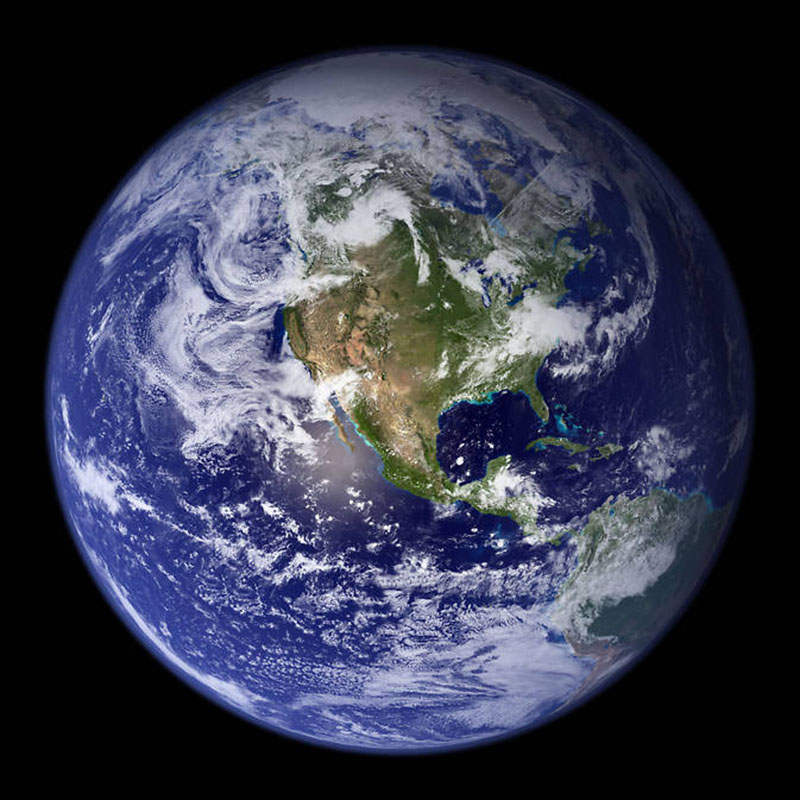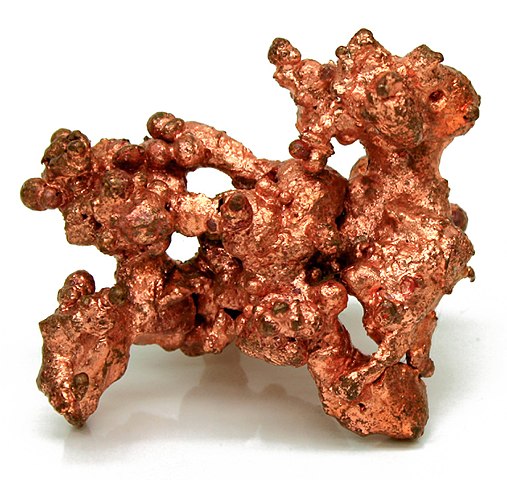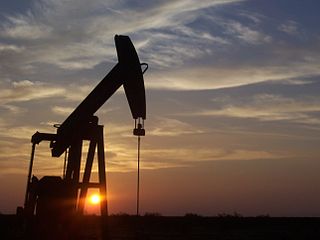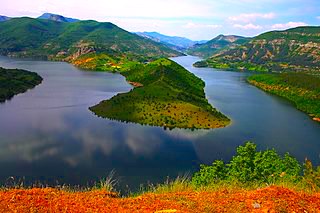
The Earth and Its Resources
One of the topic modules below will be linked to a sample lesson. Students who register for this course can see all the lessons.
| Get yourself
familiar with the course flow and familiarize yourself with some basic
geology, we will need this as we progress through the course |  |
| We will investigate what Earth materials go into making a cell phone – there are quite a lot! We will take a look at what they are, where in the world they come from. We will focus on copper and explore how copper deposits form, their geological setting and typical rock types, and how and where we mine for copper in BC. |  |
| This week we are
going to look at how sediments and sedimentary rocks form, and in
particular, the processes and environments where fossil fuels formed.
We will explore oil, gas, coal and tar sands and consider the vast
amount of geological time it takes for these deposits to build up and
to develop into useable fuels. |  |
| This week we are
going to take a deep dive into the geological aspects of water.
We will consider how water relentlessly shapes our planet through
erosion and deposition of sediment, and how vast glaciers calved out
the beautiful mountains in BC only 10-20,000 years ago. We will also
look at water as a resource exploring ground water aquifers and BC’s
famous Hydropower! |  |
| In the last of our
modules we will investigate the interior of the earth, what the
internal structure is and how scientists have worked this out. We will
look at the formation of the diamonds at over 150 km depth in the
Earth, and follow these deep-seated minerals on their journey to the
surface where they are prized as the most precious of gemstones. |  |
| Summary of this course and its relationship to your own major. |
